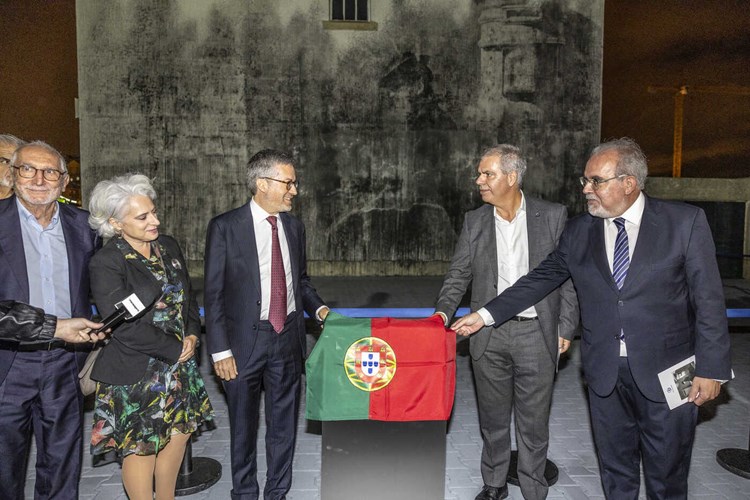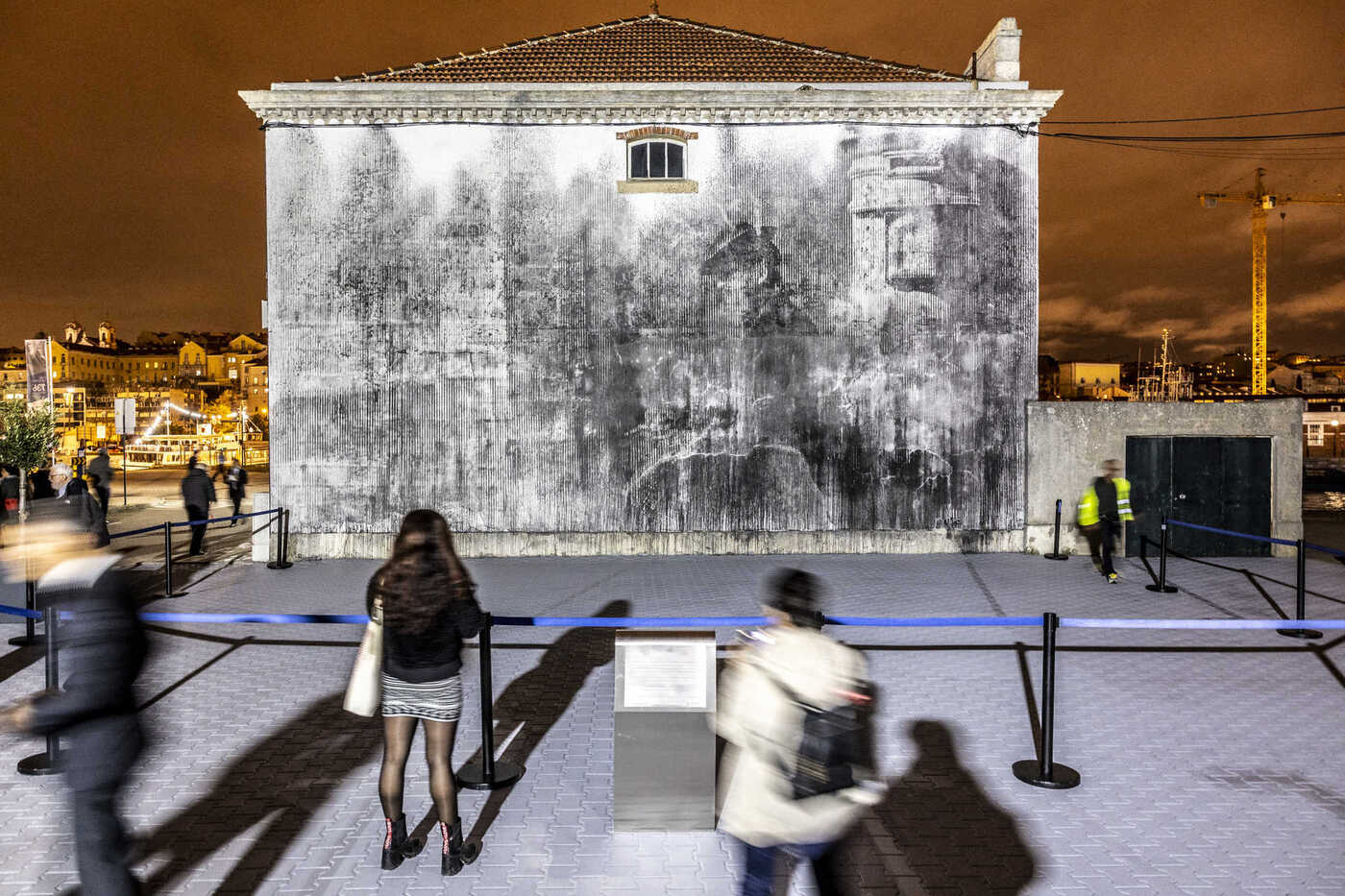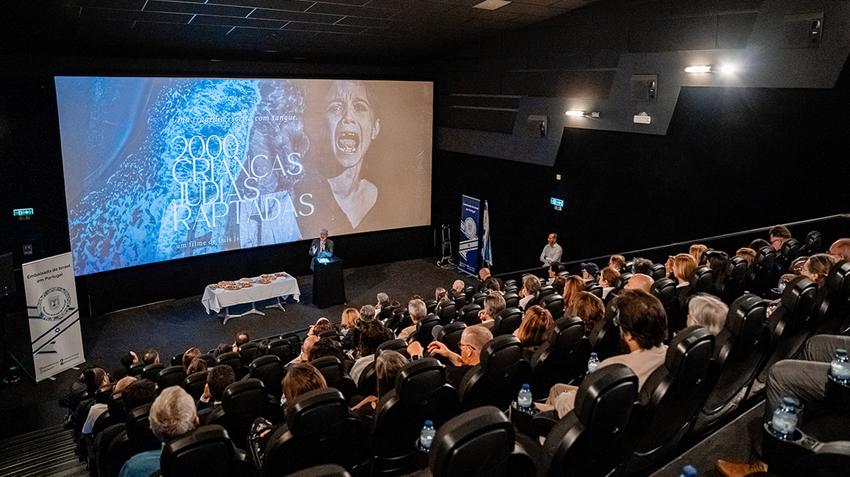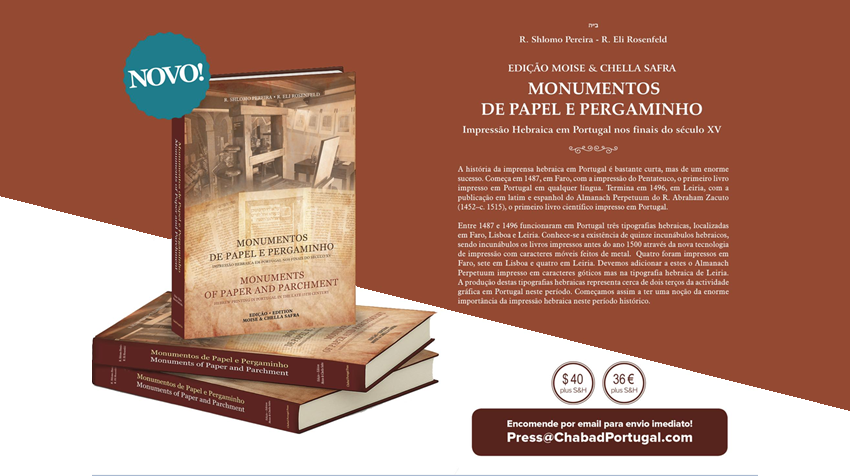Credit: Reinaldo Rodrigues/Global Imagens
Since Tuesday, Jewish refugees from the Second World War who passed through Lisbon on their way to other destinations have had a monument in their memory. The memorial was erected at the port of Lisbon, on the Rocha Conde de Óbidos pier, inspired by a photograph of a Jewish refugee who was waiting for a ship to leave Europe.
As the boats left mainly from Lisbon, and in a small number from Porto, many refugees described the pier in the country's capital, departing on the ship and entering the sea to cross the Atlantic Ocean. Even the Lubavitch Rebbe had this painful experience, aboard the ship Serpa Pinto, abandoning the Old Continent forever and ever.
In Lisbon, this is the first physical reminder of that time during the Second World War. There are other memorials to refugees, such as in Vilar Formoso where there is a Museum that portrays the experience of the European refugees of the Second World War who had few chances of salvation, one of which was to flee via Portugal, staying in Vilar Formoso until their subsequent departure for another country. It consists of six exhibitions: People Like Us, The Beginning of the Nightmare, The Journey, Vilar Formoso – Frontier of Peace, In Portuguese Lands and The Departure. Outside, is the Garden of Memory.

Credit: Reinaldo Rodrigues/Global Imagens
The largest memorial to the refugees, however, is the Porto Holocaust Museum. It exhibits individual records of hundreds of refugees who passed through Porto and received a warm welcome from the local Jewish community. A five-minute film is also shown that portrays as faithfully as possible what the lives of these refugees were like in the Porto synagogue.
In this Museum visitors have the opportunity to visit the reproduction of the Auschwitz dormitories, as well as a name room, a flame memorial, cinema, conference room, study centre, corridors with the complete narrative and photographs and screens showing real footage about the before, during and after the tragedy.


































